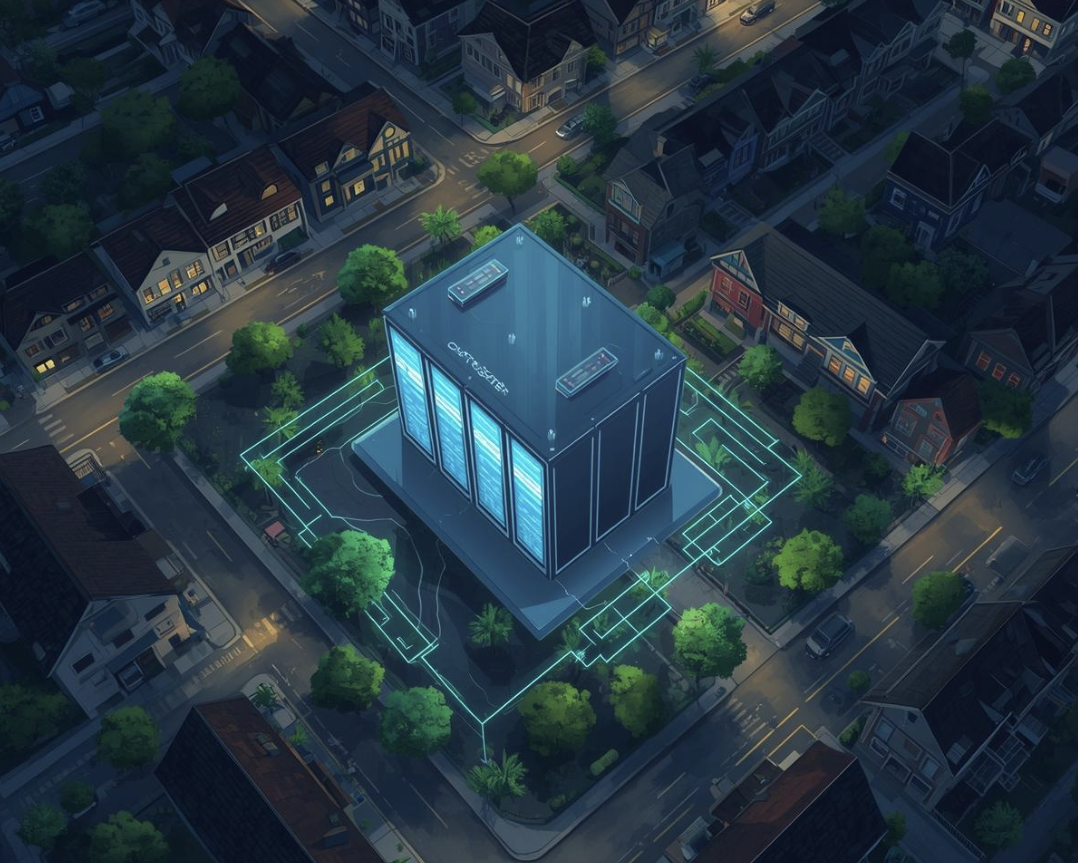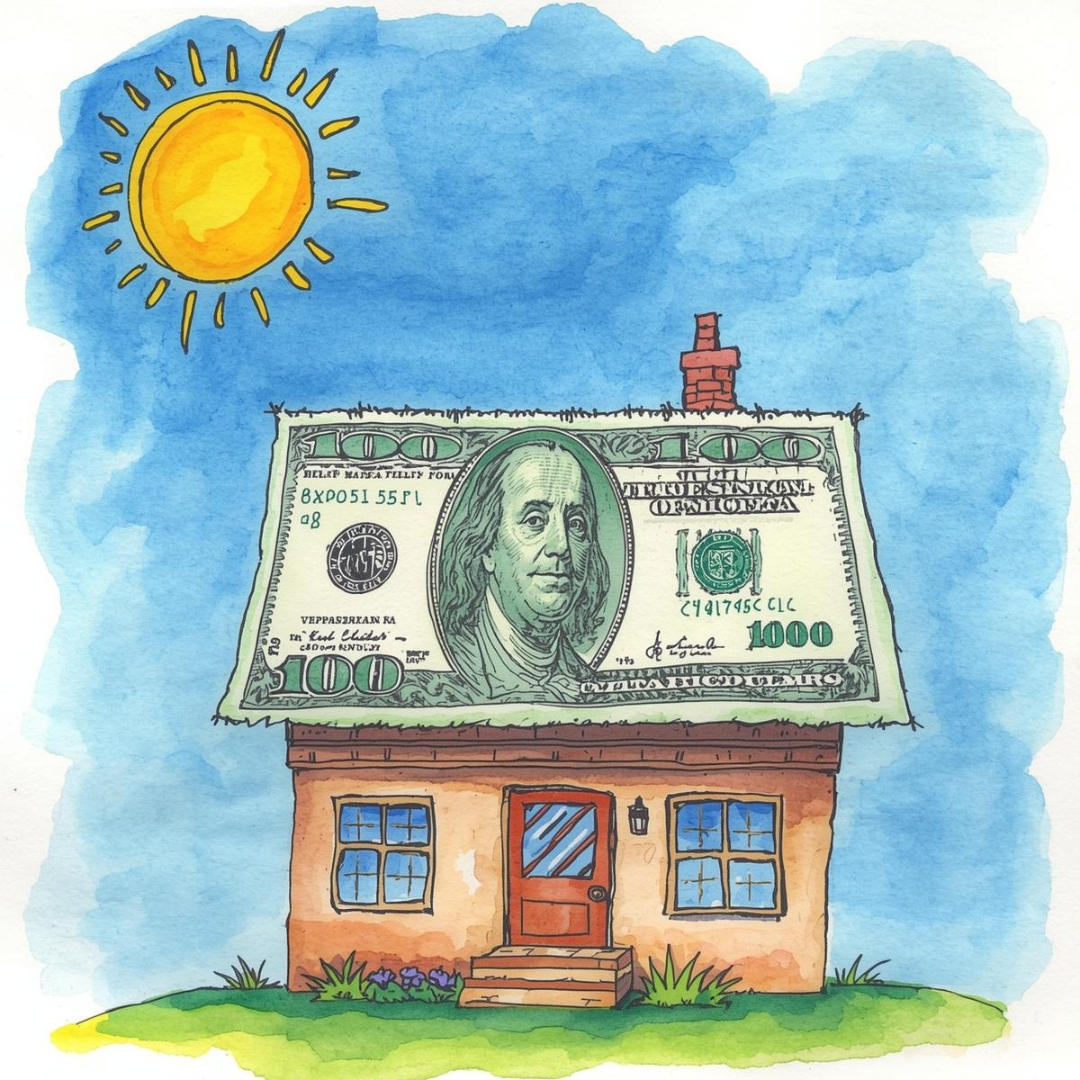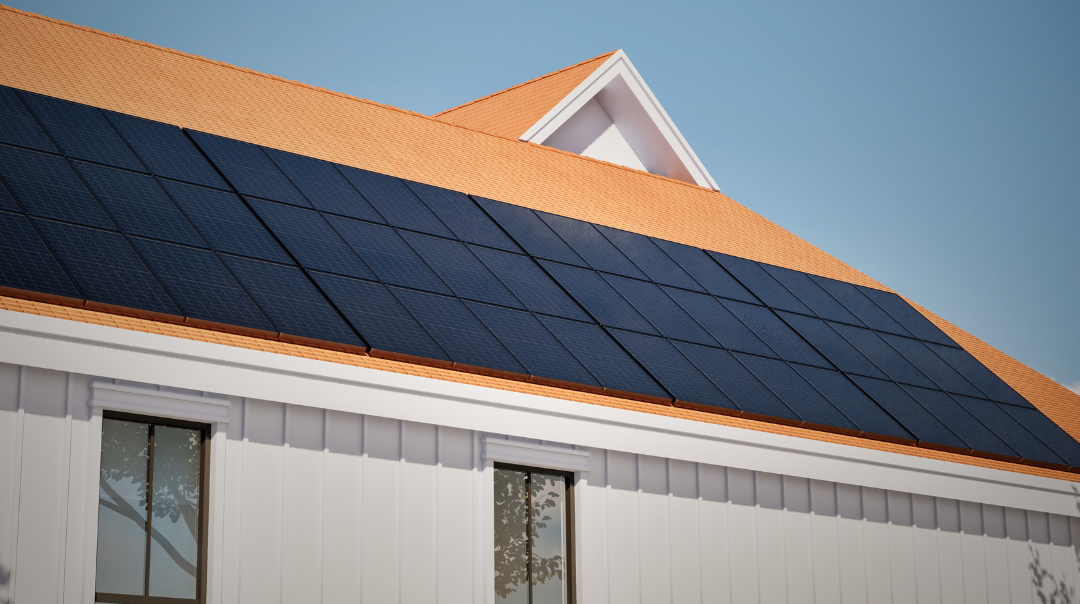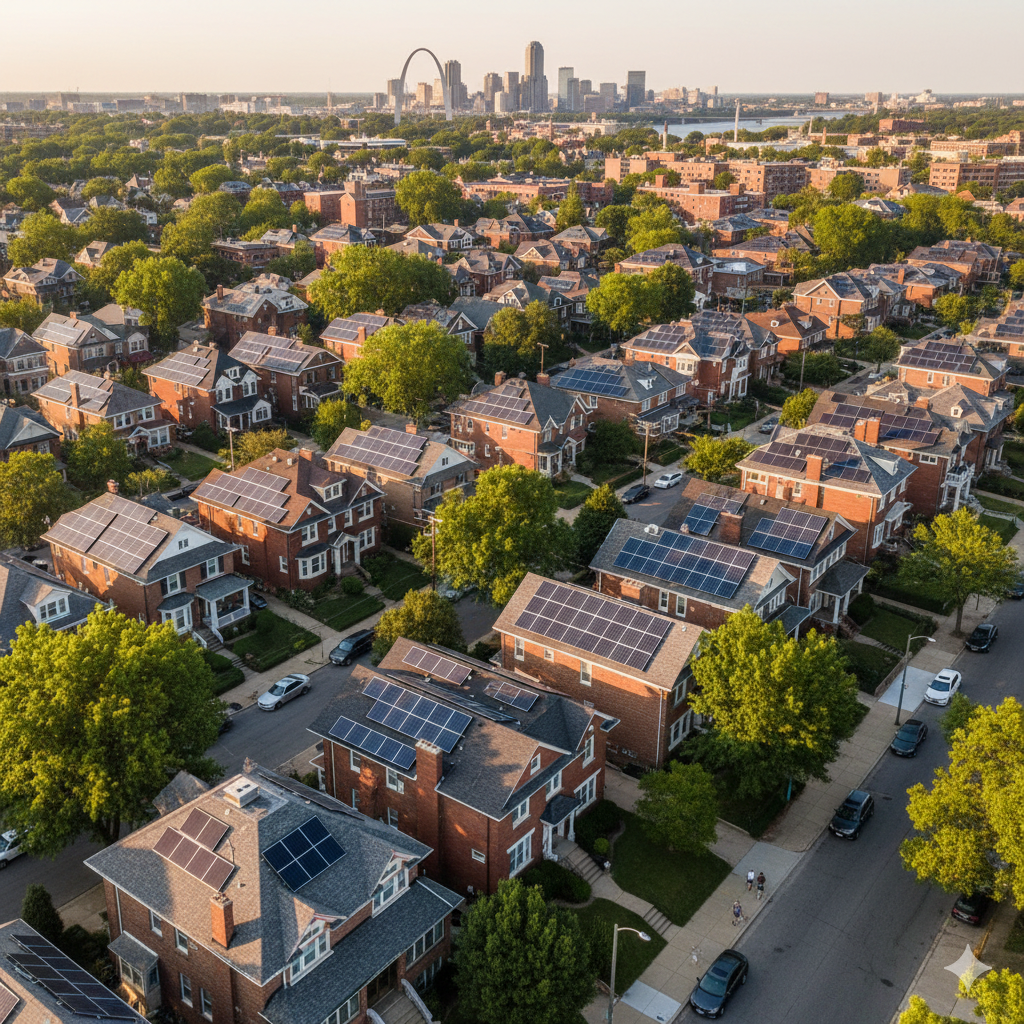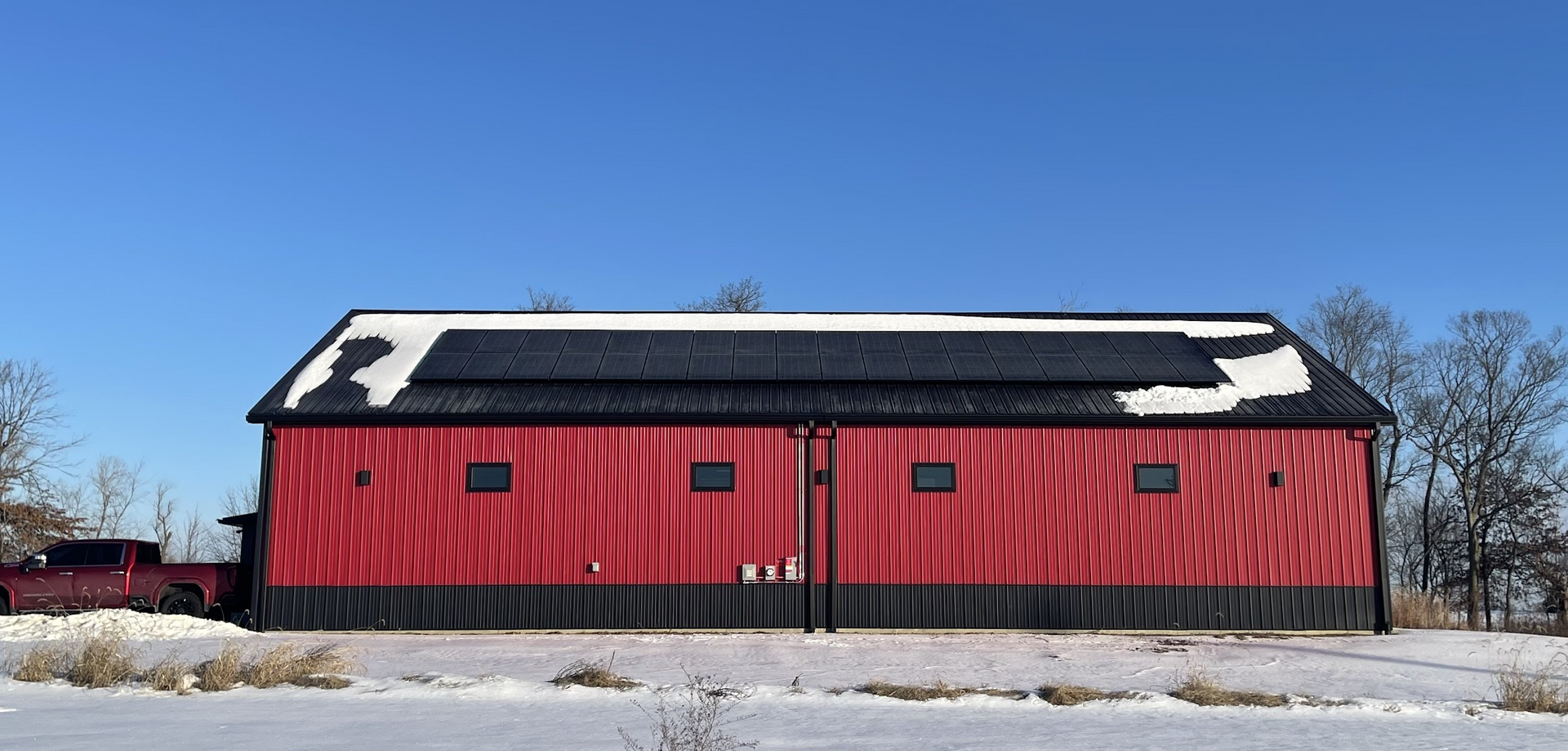Factors to be Consider When Choosing Solar Panels
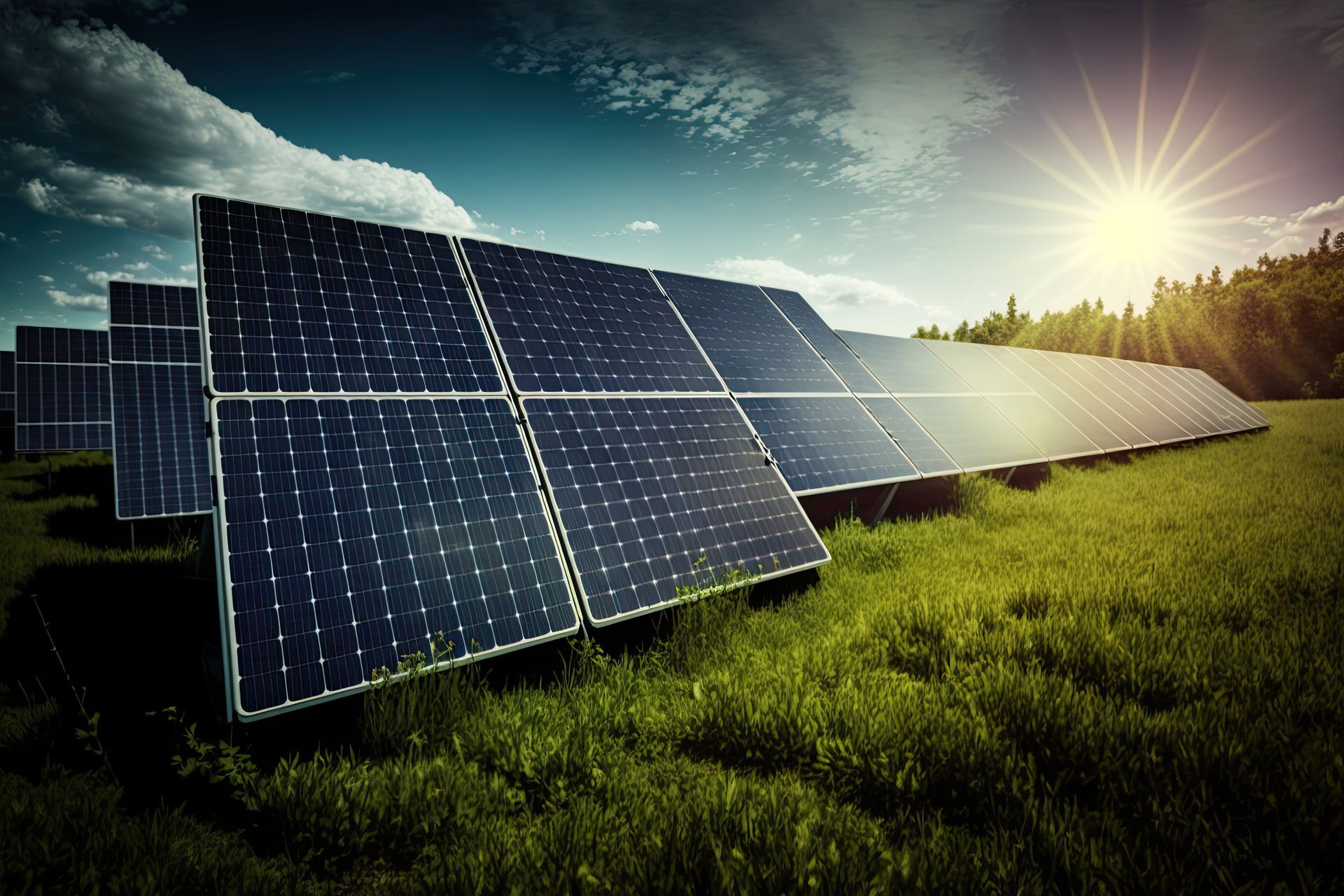
It’s no secret that since its inception, solar power has represented a huge turning point in the renewable energy sector, making sustainability and eco-friendly energy more accessible and affordable to homeowners and businesses alike. Every year, the costs associated with installing solar panels have been going down and more homeowners have switched to solar panel systems for the savings and benefits they offer.
However, if you’re a homeowner consider going solar, you’re probably wondering how solar panels generate electricity, as well as how they contribute to sustainability, in addition to the installation process. So, here the team of residential solar panel installation experts from SunSent Solar has collected this in-depth guide here to answer all your questions.
How Does Solar Energy Work?
Solar panels, also referred to as photovoltaics (PV), are designed to absorb the photons produced by sunlight to create an electric field across the solar panels where electricity flows. This energy can then be easily converted into electricity.
Why is Solar Energy Eco-Friendly?
The sun is one of the most sustainable renewable energy sources. It’s also clean and can help reduce your reliance on fossil fuels, reduce your carbon footprint, and slow climate change.
What Do I Need to Install Solar Panels on My Home?
If you’re unsure whether your home is suitable for solar panels, you’ll need to consider several factors. First, the slope, size, and shape of your roof will determine whether solar panel installation is possible, as well as the amount of solar panels you’ll be able to install. Additionally, the position of your home will play a large part, especially if you have nearby trees or are in a shady area. Generally, solar panel systems work best if the panels are installed on south-facing roofs with a slope from 15-40 degrees.
Is DIY Solar Panel Installation Possible?
Although you can certainly try installing solar panels on your own, due to the complexity and equipment necessary, as well as the safety concerns it’s always recommended to hire an experienced solar panel installation company. When hiring your solar panel team, make certain they’ve been certified and bear all of the necessary insurance to protect your assets.
Beginning the Process of Switching to Solar Energy
Switching from traditional power to solar energy entails a variety of things, firstly, having a professional assess your energy needs and determine whether your home is a good fit to install solar panels. If your solar installer give you the green light, they’ll begin designing a custom solar panel system designed specifically for your home.
Power Generation & Savings
Just like the slope and size of your roof will impact the number of photovoltaic panels you can install on your roof; it will also affect the amount of solar electricity you can generate. However, either way with solar you’ll drastically reduce your energy bills and you can also receive benefits from funneling any extra energy you generate back into your local energy grid.
How Do I Store Excess Energy
Battery storage systems enable you to store excess energy to be used on cloudier days and at night. Storing excess energy can be especially beneficial for areas that receive excessive rainfall or have seasons that are cloudier and less sunny.
How Much Power Does a Solar Panel System Generate?
The best way to calculate how much electricity your new solar panel system will generate is by utilizing the tool created by the National Renewable Energy Laboratory (NREL) named PVWatts. It works by estimating the energy production and cost of energy for grid-connected solar energy systems. You can easily compare it to your traditional utility bills to determine your home’s potential solar power generation.
How Can I Save Money Switching to Solar?
By going solar you have the potential to be completely energy independent. Of course, the amount of savings you generate will depend upon the size of your solar panel system, as well as how much power you need to run your home. Additionally, if you choose to give your solar system’s excess energy back to your local electricity company, you’ll also need to factor those savings in as well. However, to determine the potential savings you can garner in your area you can check the National Utility Rate Database.
Are There Financing Options Available for Going Solar?
There are a range of financing options available for going solar depending on where you live. If you purchase a new solar panel system, you’re eligible for the Solar Investment Tax Credit, which provides homeowners with a 30% tax credit for qualified homeowners. Homeowners are also privy to additional local incentives and tax breaks depending on your area.
How Does Solar Boost My Home’s Resale Value?
A recent report found that solar panels are viewed as home upgrades, just like adding a new home addition or renovating the basement, so they certainly have the potential to boost your resale value. In fact, according to the report, homebuyers nationwide have been found to pay a premium of up to $15,000 more for a house with a solar panel system. Additionally, solar panels can increase the curb appeal of your home and attracts more eco-conscious homebuyers.
What Is Net Metering and How Does it Work?
As mentioned above, homeowners that generate an excess of solar power can funnel it back into their local electrical grid, this is known as net metering and it offers additional financial incentives for homeowners looking to recoup on their solar investment. Utility companies will compensate homeowners for the extra electricity they generate, although how much will depend upon the net metering options in your area and how much extra energy you have. Be sure when considering net metering that you look at all of the aspects to ensure you make the right choice.
Contact us today to learn more about residential solar panel installation!
As one of the leading solar providers in Missouri, Illinois, and St. Louis, SunSent Solar is committed to helping homeowners become energy independent. We also specialize in roof repair and replacement.
Learn more by contacting us online today to request a quote by emailing info@sunsent.com.

